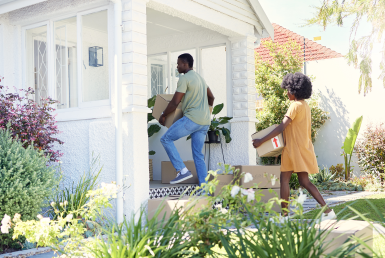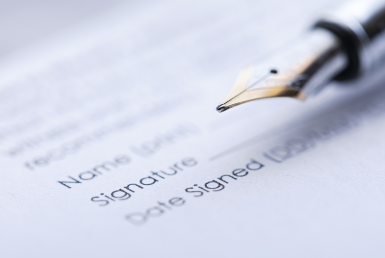When the cracks start to show: Waterproofing your home

The past few weeks South Africa has been blessed with rain in various parts of the country. We have seen many beautiful photos of rivers flowing again, plants growing where there used to be none and animals celebrating while jumping and running around in the rain. But with the joy of rain in our hearts, we also start seeing the cracks surfacing in our walls and roofs. When exterior walls are exposed to rainwater or high humidity, water and moisture can travel through the masonry and affect your internal walls. This means that your walls may stay damp for a long time before drying, which may lead to mould growth and irreparable damage.
But all is not lost, at least if you see the problems arising early enough you can take advantage of the dry months to waterproof your house. Here are a few tips to ensure that your exterior walls are waterproof:
- Check walls for faults: Waterproofing external walls is the best solution only if the walls become damp as a result of rainwater or moisture. Before shopping around for waterproofing products, it’s important to eliminate any other causes of structural dampness. It could be anything, from cracks in your bricks or condensation within the wall to a burst water pipe. Once you fix the issue, you can apply a waterproofing product as a preventative measure.
- Clean your gutters: The problem with clogged gutters is not only that they may flow over the edge, down your walls; they also retain rainwater, which is gradually absorbed by the roof’s wood or fascia boards, potentially leading to a series of problems, including rotten wood, leaks, and mould. You can avoid all these and keep your home healthy by simply cleaning your gutters twice a year.
- Select the right waterproofing product: A series of waterproofing products are available today to help homeowners protect their homes from external moisture. Visit a variety of qualified home maintenance stores and suppliers. Ask around about the various products on the market and make an informed decision before buying your product of choice.
- Use plaster waterproofing additive: Plastering can help improve aesthetics, make walls more solid, and protect them against moisture ingress. Though most exterior plasters have waterproofing characteristics, you can eliminate water infiltration problems and prevent reoccurrence by simply adding a waterproofing admixture to the plaster.
- Prepare your walls for waterproofing: Irrespective of the product chosen for waterproofing exterior walls, you will need to repair your walls so that they are in good condition first. This means that you need to use a good-quality filler to repair cracks and patch holes. Allow the filler to dry optimally before grinding. Then sand away rough, uneven areas, remove dust by cleaning the surface with water, and let the walls dry completely to ensure a good adhesion between the waterproofing and the substrate.
- Apply the waterproofing product: You can use a roller or a brush to apply the waterproofing product. If a second coat is required, allow the first coat to fully dry and then apply the second coat. Use enough product to create an impenetrable barrier against infiltration.
- Test: Conducting a water-tightness test is very important to evaluate the effectiveness of the products used for waterproofing exterior walls. For this test, water should be sprayed on the wall surface for a couple of hours, keeping the nozzle at a 30-degree angle. Your home will pass the test only if a moisture meter shows there is no moisture. By waterproofing exterior walls, you’ll not only prevent serious damage but also boost the value of your home.




